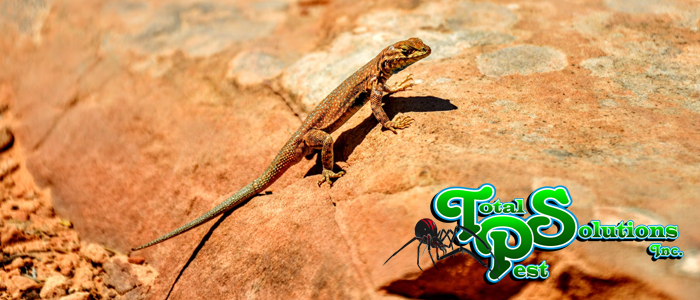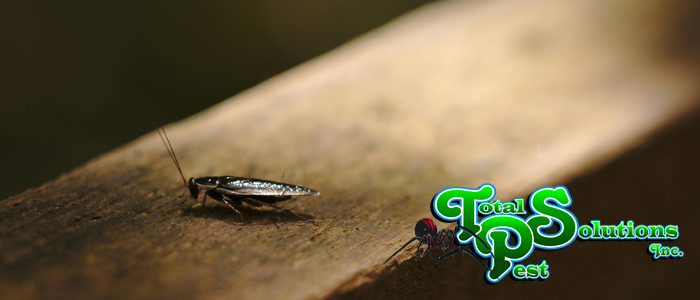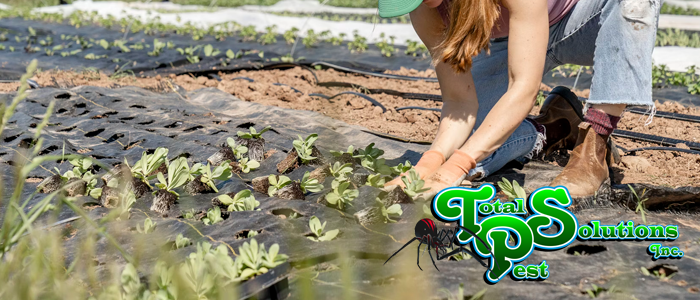
Mulch beds are used all over the world as a form of decoration between plant beds and grass. Various materials are used for commercial mulch. However, if it works, no material is off limits. Homes and businesses have taken mulch use to a new level through the years, surprising even tenured lawn specialists. But mulch has more practical uses than as decoration. In the following article we will be looking at how mulch has been used for thousands of years and how mulch care has evolved.
Mulching History
Mulch has been used in history for thousands of years. Early forms of mulching have included rocks and dry grass. With technology, it has evolved to include chopped rubber and splintered wood. With as many choices as there are for materials, there will never be two of the same gardens.
Some of the more unique materials used as mulch in garden beds have surprised onlookers. Over time, substances like carpet, paper, plastics, and even clothing have been used as a protective layer for plants. Imagine walking down the road and seeing a carpeted flower bed in front of someone’s home. What a sight!
No matter what materials are used, the purpose for mulch remains the same.
The Purpose Of Mulch
Our ancestors were onto something when they discovered the plant saving qualities of a mulch layer. It serves as a barrier between soil and plants. This barrier helps to control moisture in the soil. This ensures that plants always have moist soil instead of that moisture evaporating in the heat.
When a mulch barrier has been created correctly it also helps to keep weeds out of a garden. That layer can deter weed seeds from rooting into fertile soil, or keep them from getting sunlight if they do sprout.
Mulch is also used in helping with soil erosion from wind and rain. When built around the base of a plant, mulch protects the roots of the plant. This practice results in healthier plants including trees and shrubs.
Mulch Care
While mulch or rock beds look beautiful in someone’s yard, if it is not put down properly mulch could lead to root rot around the plant base. It is important to spread layers of mulch in the right depth and width around the base of a plant. For most plants, that means leaving a couple inches of space around the plant base. For trees, this means measuring the depth of the mulch layer and the width of coverage best for the tree. Maintenance may also be needed as the plant or tree grows.
If you are ready for professional lawn care services or if you would like a quote, contact a lawn care specialist.
continue reading
Related Posts
How to Get Rid of House Lizards Without Killing Them
What They Don’t Tell You About Gardening in Florida Florida






